Sights of Moscow
As one of the most intriguing locales in Europe, Moscow captivates with its compelling history and vibrant, unique architectural designs unseen elsewhere on the globe. Despite being one of the most densely populated cities globally, housing over 11 million residents, Moscow's deep-rooted cultural and social customs remain unaltered.
Embark on a journey through the stone-paved paths of the Red Square or alongside the serene Moskva River at dawn, and you might find yourself questioning the era you're in.
The stunning Tsarist architectural structures, essential churches to visit, and opulent shopping scenarios coalesce into a visual treat that imprints on memory. To help you navigate your Russian adventure, we've compiled a list of must-visit attractions in Moscow.
Moscow Sights: A Perfect Plan
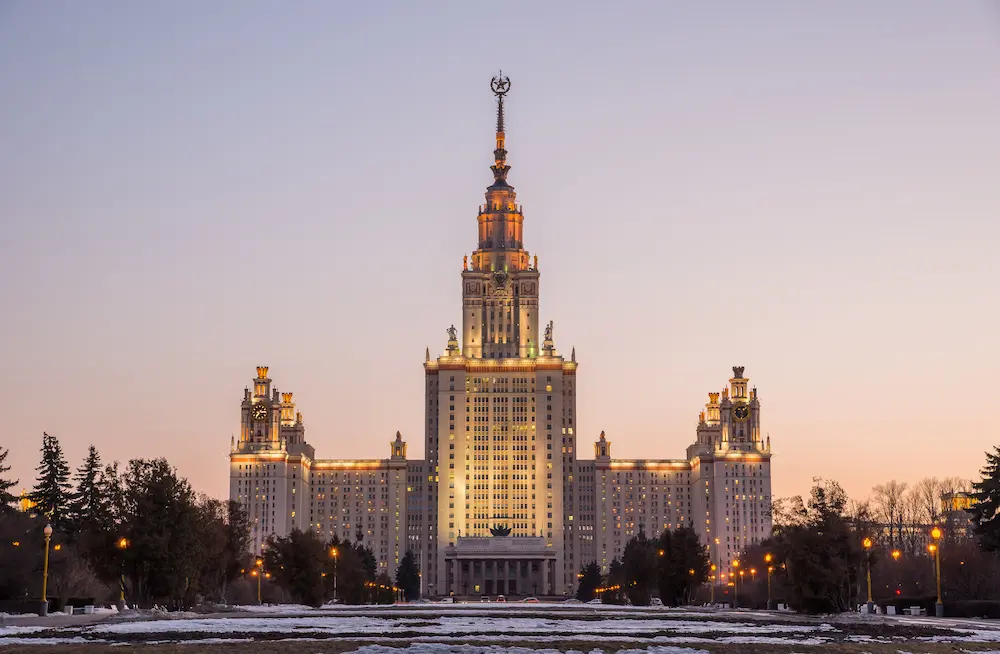
For travelers seeking an incredible and memorable tourism experience, Moscow presents a plethora of breathtaking sights. The city's highlights stretch from the historic district of Krasnaya Ploshchad, where the footsteps of tsars and empresses echo from past coronations, to the contemporary structures that shape its skyline.
Kickstart your itinerary with a visit to Tsaritsyno and Kolomenskoe, originally considered the grounds for the tsar's summer stay, these sites now host modern exhibitions. While at Kolomenskoe, don't miss the Archangel's Church, an 18th-century renaissance relic that's garnered rave reviews from global travelers.
Wander to the Ostankino Tower, one of the tallest observation points on the planet. From this height, Moscow unveils itself in a bright myriad of patterns. Speaking of views, Moscow’s islands are a definite must-see. With beautiful beaches reminiscent of Bali, Andaman, or even the Maldives, you'd want to book a special honeymoon package just to relive the romance.
Ulitsa Tverskaya, downtown Moscow's major artery, is absolutely charming. Filled with a mix of bars, hostels, and high-end hotels, the nightlife here is as lively as Bangkok or Kuala Lumpur. And if underground wonders are your thing, Moscow's railway system offers mysteries as deep as London's tubes.
Fancy a celestial journey? The Moscow Planetarium is your source. Or dive underwater with a ticket to the Moskvarium, a huge aquatic chamber boasting various species, rivaling attractions in Singapore or Dubai.
For history lovers, the Patriotic Military Museum offers a peek into Russia's military contributions. The relics and tombs, especially the Tomb of the Unknown Soldier, offer a somber yet important reflection. Nearby, the All-Russian Exhibition Centre, with its massive pavilions and wonderful designs, captures a blend of past and present.
Then there’s the Zoo, a must for animal lovers, with species from Africa to the Eastern reaches of Sri Lanka and the Philippines. Next, march over to Ostankino, an observation deck offering panoramic views of the city, and the Military Museum, showcasing patriotic artifacts.
End your trip with a walk around the Patriarshiye Ponds district, a charming space perfect for romantic strolls. After all the exploration, unwind at bars that offer nightlife reminiscent of Goa or Istanbul.
Hidden Treasures of Moscow
Marvel at the Size of the Kremlin
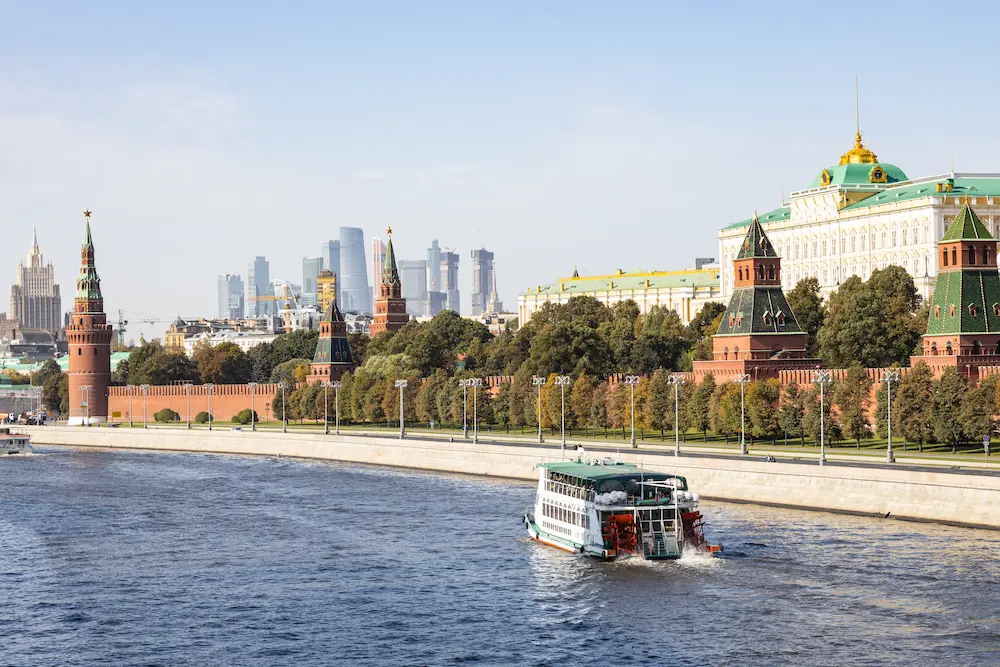
Undoubtedly, the most emblematic edifice of Moscow is the Kremlin, a fortified complex from the 15th century. It sprawls across 275,000 square meters, encapsulated by walls that trace their origins back to the 1400s.
The Grand Kremlin Palace, with its staggering number of over 700 rooms, served as the residence for the Tsar family in the past. Nowadays, it stands as the official dwelling place for the president of the Russian Federation, even though most leaders opt to live elsewhere.
The colossal compound encompasses several other structures, some of which are accessible to the public and regularly visited. Beyond three cathedrals (including one where the Tsars were traditionally crowned) and numerous towers, the Kremlin hosts the Armory building. This museum boasts an array of historical artifacts ranging from the royal crown and imperial carriages to Ivan the Terrible's ivory throne and precious Fabergé eggs.
Lenin's Mausoleum
Lenin's Mausoleum, which opened its doors to visitors in 1924, stands as one of Moscow's most frequented tourist hotspots. This red granite monument situated itself in the city's core, at the Red Square.
Lenin's preserved body can be seen in a glass coffin, providing an eerily fascinating spectacle of the Soviet Union's erstwhile leader. It's an experience worth undertaking, given its uniqueness worldwide.
Once you've paid a visit to the memorial, continue your journey to the Kremlin wall located adjacently. Here, you'll find the graves of other key communist personalities like Stalin and Brezhnev.
Red Square
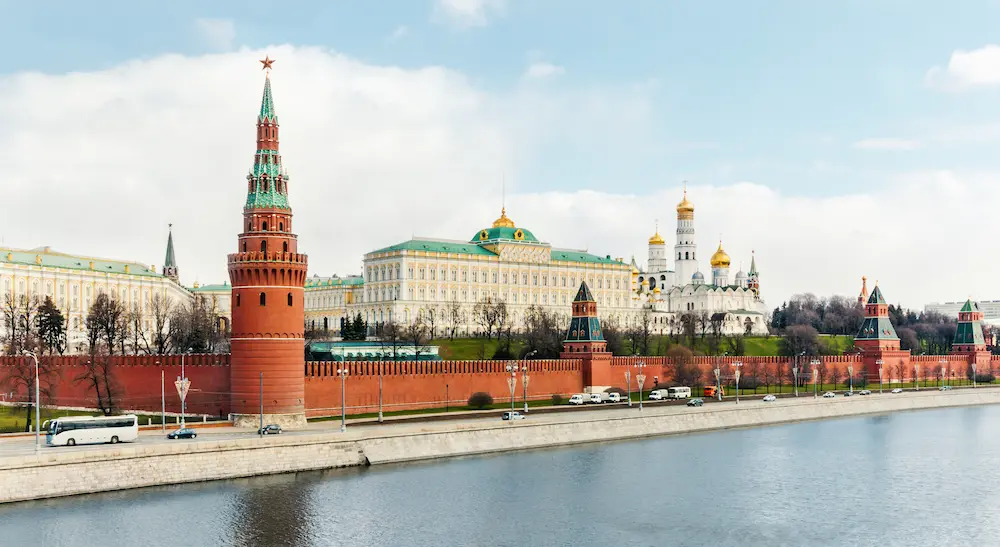
With all main roads of Moscow emanating from the Red Plaza, it's no wonder this grand space is regarded as the city's epicenter. The plaza spans 330 meters by 70 meters and is bordered by iconic landmarks like the Kremlin, Lenin's Memorial, a couple of cathedrals, and the State Historical Museum.
In 1945, the square was the venue for a grand Victory Parade commemorating the Soviet Armed Forces' triumph over Nazi Germany.
St. Basil's Basilica, a strikingly distinctive edifice on the plaza, dates back to 1555. The basilica showcases a mix of architectural elements inspired by Byzantine and Asian aesthetics, alongside features reminiscent of renowned mosques. Inside the church, you'll find nine separate chapels adorned with vibrant mural art.
Both the plaza and the Kremlin are enlisted as UNESCO World Heritage Sites. During weekends, you might come across stalls vending souvenirs and traditional items like matryoshka (Russian nesting dolls) at the plaza's entrance.
Novodevichy Monastery
Imbued with a rich past, the Novodevichy Monastery resides within an impressive edifice that once served as a stronghold. This enchanting location is a must-visit spot during your Moscow exploration.
Established in 1524, the monastery harbors four cathedrals; the Smolensk Cathedral stands out due to its exquisite frescoes dating back to the 16th century.
Roaming around the premises feels like a journey through history. The Novodevichy Cemetery hosts the final resting places of notable Soviet Union leaders, including Yeltsin and Khrushchev.
Gorky Park
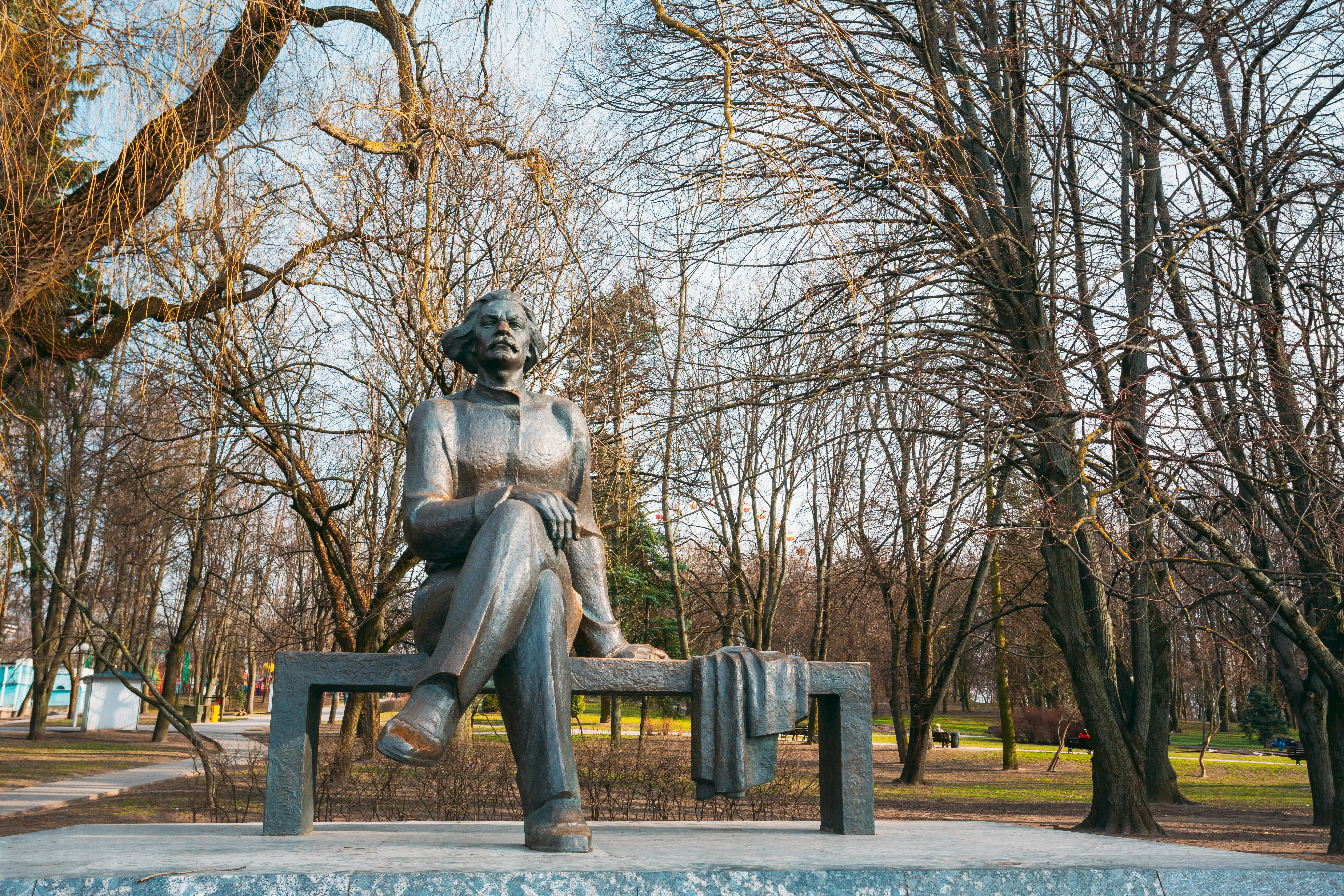
Gorky Park, officially named Maxim Gorky Central Park of Culture and Leisure, is one of Moscow's most beloved public spaces. Nestled along the banks of the Moskva River, it's a vibrant urban oasis that brings together culture, recreation, and natural beauty in the heart of Russia's bustling capital.
The park was inaugurated in 1928 and is named after Maxim Gorky, a famed Soviet-era writer. It covers an expansive area of around 120 hectares, making it an ideal spot for leisurely strolls, picnics, or simply immersing oneself in the natural surroundings.
Gorky Park stands as a year-round hub of activities. In the warmer months, its vast, meticulously maintained green spaces are perfect for sunbathing, playing sports, or enjoying outdoor concerts. The park is home to an array of attractions, including amusement rides, a sports complex, and a greenhouse full of exotic plants. The park's embankment is a popular spot for walkers, cyclists, and rollerbladers, while boat rentals allow visitors to take to the water and enjoy the park from a different perspective.
Museum of Cosmonautics
There was a time when Russia and the US were engaged in a fierce competition in the realm of space exploration. Although that rivalry has simmered down, the museum's impressive collection of over 85,000 items continues to spark fascination.
The museum showcases primary exhibits like Yuri Gagarin's space capsule - he was the first person to venture into outer space; a USSR flag embedded with moon pieces; a Soviet spacesuit; and a rocket engine from the 1960s. A dedicated two-tier hall features sections of the Mir space station's interior, along with models of the earliest sputniks and a scaled-down replica of a spaceship.
Guided tours in English are offered, and a Cinema Hall screens captioned short films, recounting the narrative of space exploration programs and the inaugural manned space voyage.
The museum is housed at the base of the monument dedicated to the Pioneers of Space, which was erected almost two decades prior to the museum's inauguration.
Bolshoi Theatre
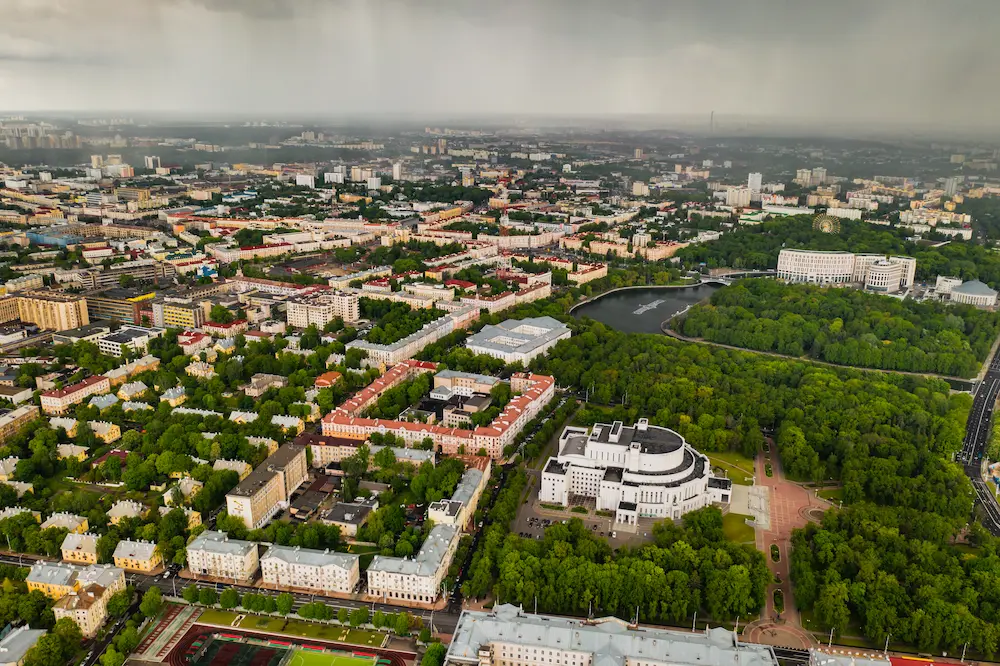
The Bolshoi Theatre holds the distinction of being the country's paramount theatre. Its outstanding repertoire of opera and ballet performances over the years provides profound insight into Russia's rich performing arts tradition.
While the Bolshoi Ballet Company was founded in 1776, the theatre itself opened its doors to the public in 1825. The stunning six-tier auditorium, adorned with lavish and sumptuous decorations, provides the perfect backdrop for the world-class performances that grace its stage.
An evening spent at the Bolshoi Theatre, watching timeless classics like The Nutcracker or Swan Lake, is bound to be an unforgettable experience. The magnificent surroundings further enhance the celebratory ambiance.
Tretyakov Gallery
Tretyakov Gallery hosts the world's most extensive collection of Russian art, with more than 180,000 artworks comprising paintings, sculptures, and religious pieces, some dating back over a thousand years. The gallery, a marvel of classic Russian architecture with its distinctive red and white hues, is situated near the Kremlin and was constructed in the early 20th century.
Noteworthy exhibits include the Vladimir Mother of God, a Byzantine icon featuring the Virgin Mary and child from the 1100s; Andrei Rublev's iconic piece, The Trinity, from the 15th century; and an array of works by Ilya Repin, Russia's most celebrated realist painter.
Within the museum's premises, you'll also find an 86-meter-tall statue of Peter the Great, along with several sculptures representing Socialist Realism.
Luxurious GUM
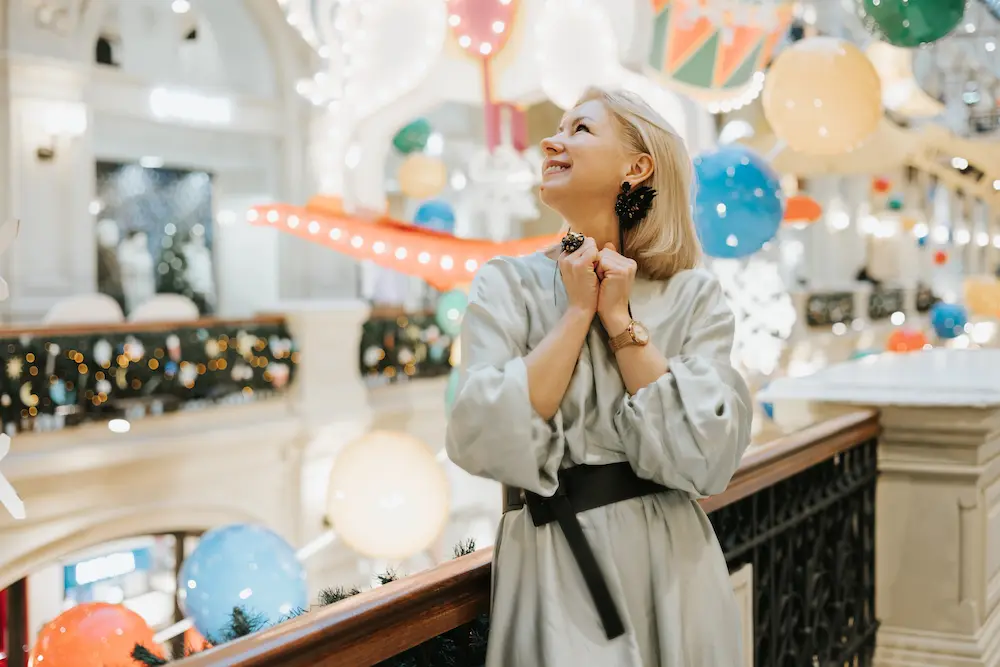
The most seasoned and premium shopping center in Moscow is a marvel of architecture. GUM, an abbreviation for Glávnyj Universálnyj Magazín or "Main Universal Store," was constructed in the late 19th century in the neo-Russian style, boasting a stunning fusion of a steel framework and 20,000 glass panels that form a curved roof.
This was a distinctive structure for its time, as the glass had to be robust enough to withstand the weight of the snow-laden Russian winters. The exterior of the building is equally striking, with all three levels draped in marble and granite.
Although GUM may no longer be Moscow's largest shopping center, it indisputably remains the most aesthetically pleasing. Housing high-end brands like Gucci and Manolo Blahnik, GUM may not be the top choice for those mindful of their budget, but the architectural splendor of the building alone is worth a visit.
The third floor also offers an array of dining experiences, including a canteen with a Soviet flair that dishes up traditional Russian cuisine, and a stall that sells handcrafted ice cream based on an original 1954 recipe approved by the then-Soviet government.
Moscow Metro
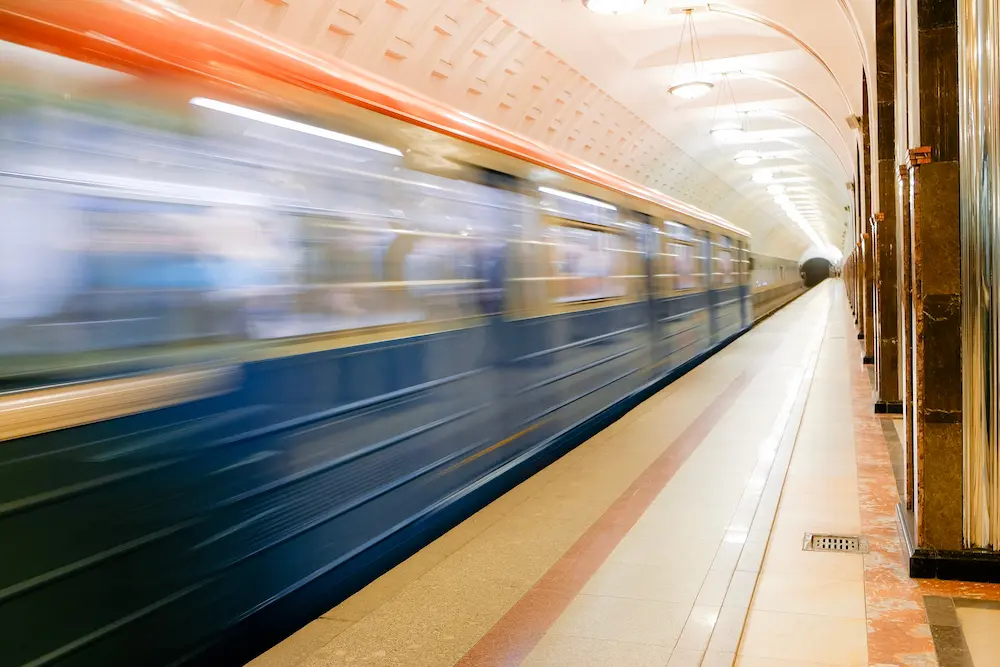
Navigating the Moscow metro is an adventure in itself, but even a simple stroll through the stations is a must-have experience for every visitor. Given that Moscow's metro system is extensive, with 223 stations across 12 lines, selecting a few standout stations to visit can be a wise starting point.
Arbatskaya station, designed by a renowned skyscraper architect, features impressive bronze chandeliers and multicolored granite slabs.
Located adjacent to Gorky Park, Park Kultury station is cloaked in marble and adorned with relief sculptures depicting individuals engaged in sports, while Teatralnaya station is embellished with porcelain figurines dancing in traditional Russian attire.
Although the metro operates from 5:30am to 1:00am, it tends to be most crowded during the early morning and after 4pm. Thus, to fully appreciate the architecture devoid of crowds, it's recommended to visit late in the morning or early in the afternoon.
Arbat Street
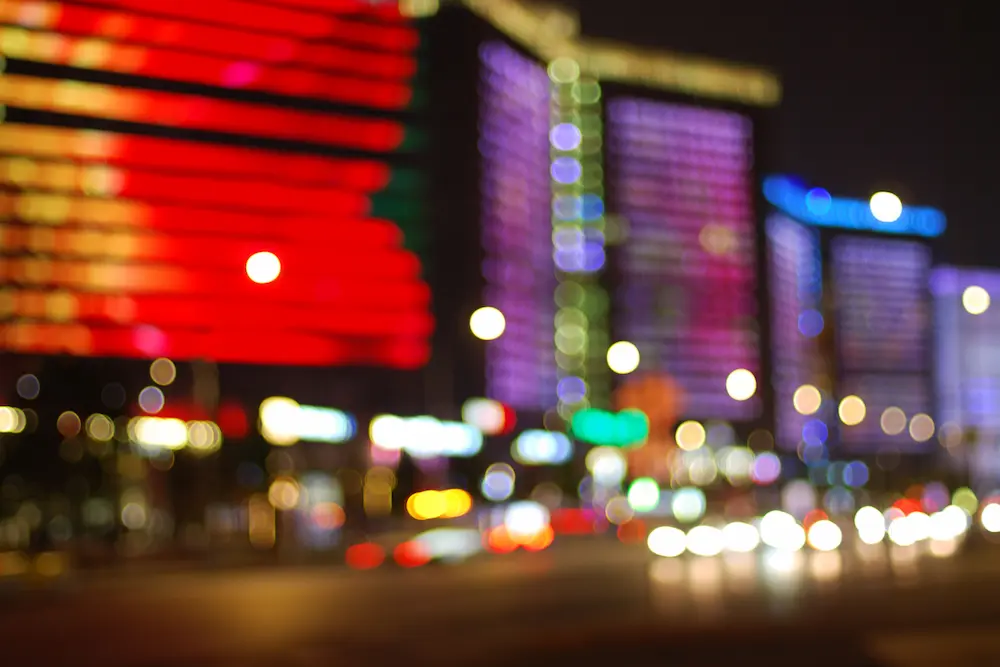
Dating back to the 15th century, Moscow's prominent pedestrian street, Arbat Street, spans one kilometer. Initially serving as a trading path on the city's fringes, it now finds itself in a prime central location, housing elegant buildings and a wealth of dining and shopping establishments.
The street is embellished with stunning street lamps and two noteworthy statues - one of Princess Turandot from Puccini's final opera, and another of the Soviet-era poet Bulat Okudzhava. The street is frequented by both locals and tourists, especially during evenings and weekends.
Arbat Street is an excellent spot to procure souvenirs or relax at an open-air café. It also provides an opportunity to explore the former residence of the poet Alexander Pushkin and the café that was once visited by literary luminaries Anton Chekhov and Leo Tolstoy.
Zaryadye Park
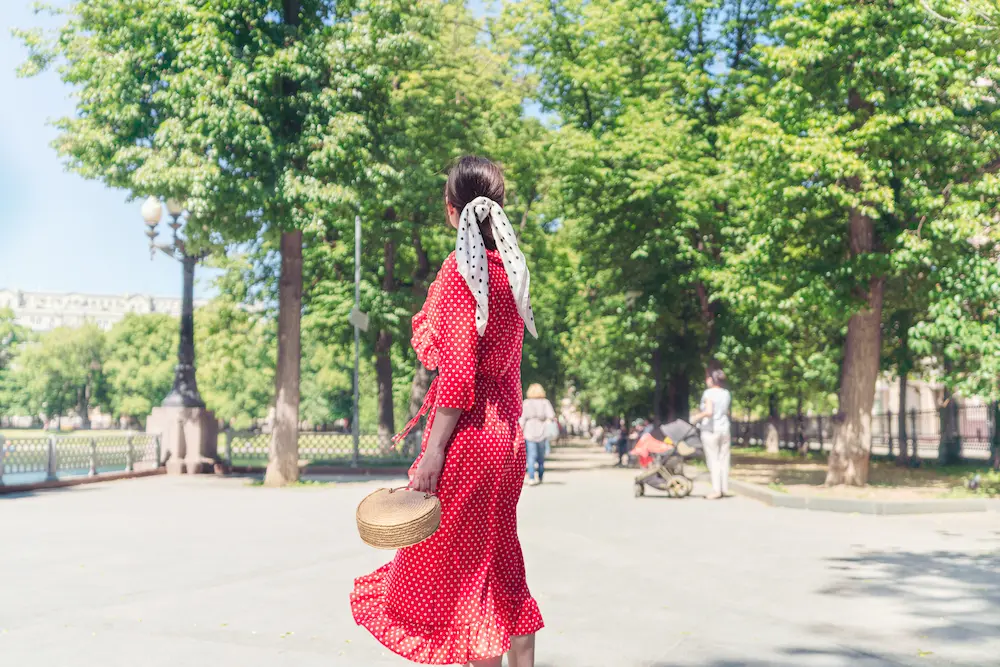
Nestled beside the Kremlin and Red Square, Zaryadye Park stands as a remarkable blend of nature and urban design in the heart of Moscow. Opened in 2017 on the former site of the Rossiya Hotel, the park showcases Russia's diverse landscapes through its four climate zones: forest, steppe, wetland, and tundra. Beyond its greenery, architectural wonders like the Floating Bridge, which offers panoramic views of the city, make it a beloved spot. Merging history, nature, and innovation, Zaryadye Park is a testament to Moscow's evolving cityscape and a must-visit urban escape.
Pashkov House
Perched elegantly on Vagankovsky Hill, overlooking the heart of Moscow, the Pashkov House is an iconic example of 18th-century neoclassical architecture. Commissioned by Pyotr Pashkov, a retired captain of the Guards, and designed by the renowned architect Vasily Bazhenov, the mansion's distinct white-stone facade, classical columns, and ornate details make it stand out. Today, it's an integral part of the Russian State Library complex, housing valuable manuscripts and historical documents. Pashkov House, with its storied past and architectural grandeur, remains a symbol of Russia's rich cultural heritage.
Novodevichy Convent
Established in 1524 along the Moskva River, the Novodevichy Convent is a treasured historical and spiritual landmark of Moscow. A shining example of Russian Baroque architecture, the convent is surrounded by fortress-like walls and features an ensemble of churches, bell towers, and living quarters. Not just an architectural marvel, Novodevichy has been a silent witness to many pivotal moments in Russian history. Adjacent to it, the Novodevichy Cemetery is the final resting place of many of Russia's notable figures. Recognized as a UNESCO World Heritage site, Novodevichy Convent remains a serene oasis of spirituality and history amidst Moscow's bustling cityscape.
Sparrow Hills
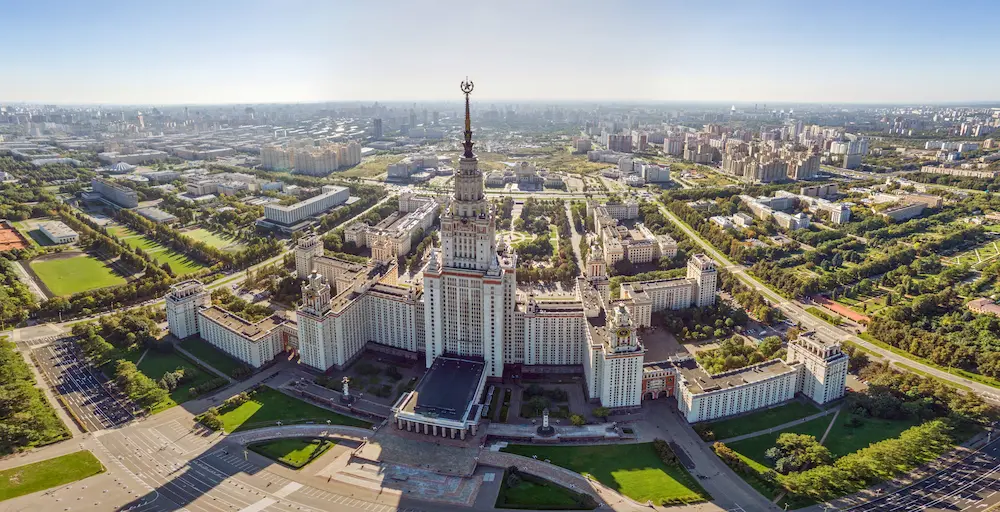
Overlooking the meandering Moskva River, Sparrow Hills, or "Vorobyovy Gory" in Russian, stands as one of the city's highest points and most beloved spots. Offering a panoramic view of Moscow's skyline, it's a preferred destination for both locals and tourists. Besides the sweeping vistas, the hill is home to the iconic Moscow State University's main building, an impressive example of Stalinist architecture. Whether it's for a leisurely stroll, a glimpse of the city from above, or a dive into academic atmospheres, Sparrow Hills promises an enriching experience.
Museum-Reserve "Kolomenskoye"
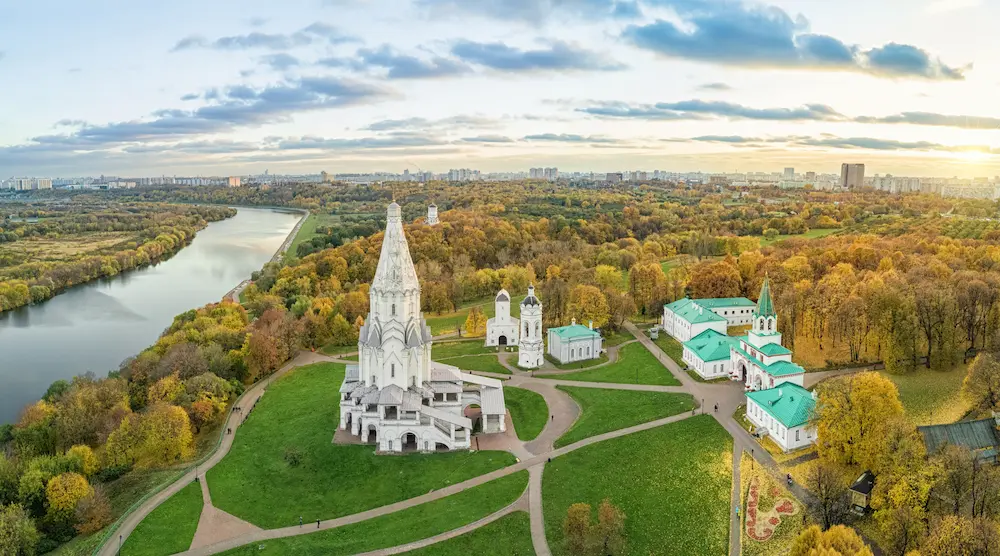
Located on the banks of the Moskva River, Kolomenskoye is a timeless window into Russia's rich past. Once a royal estate, this museum-reserve showcases a unique collection of historical buildings, some dating back to the 16th century. Dominated by the iconic Church of the Ascension, a UNESCO World Heritage site renowned for its tent-roof design, Kolomenskoye offers a picturesque landscape dotted with ancient wooden structures, orchards, and panoramic river views. A visit to Kolomenskoye transports one to a bygone era, making it a precious gem in Moscow's cultural tapestry.